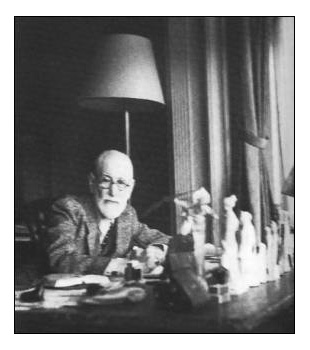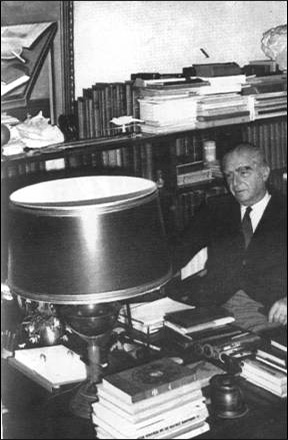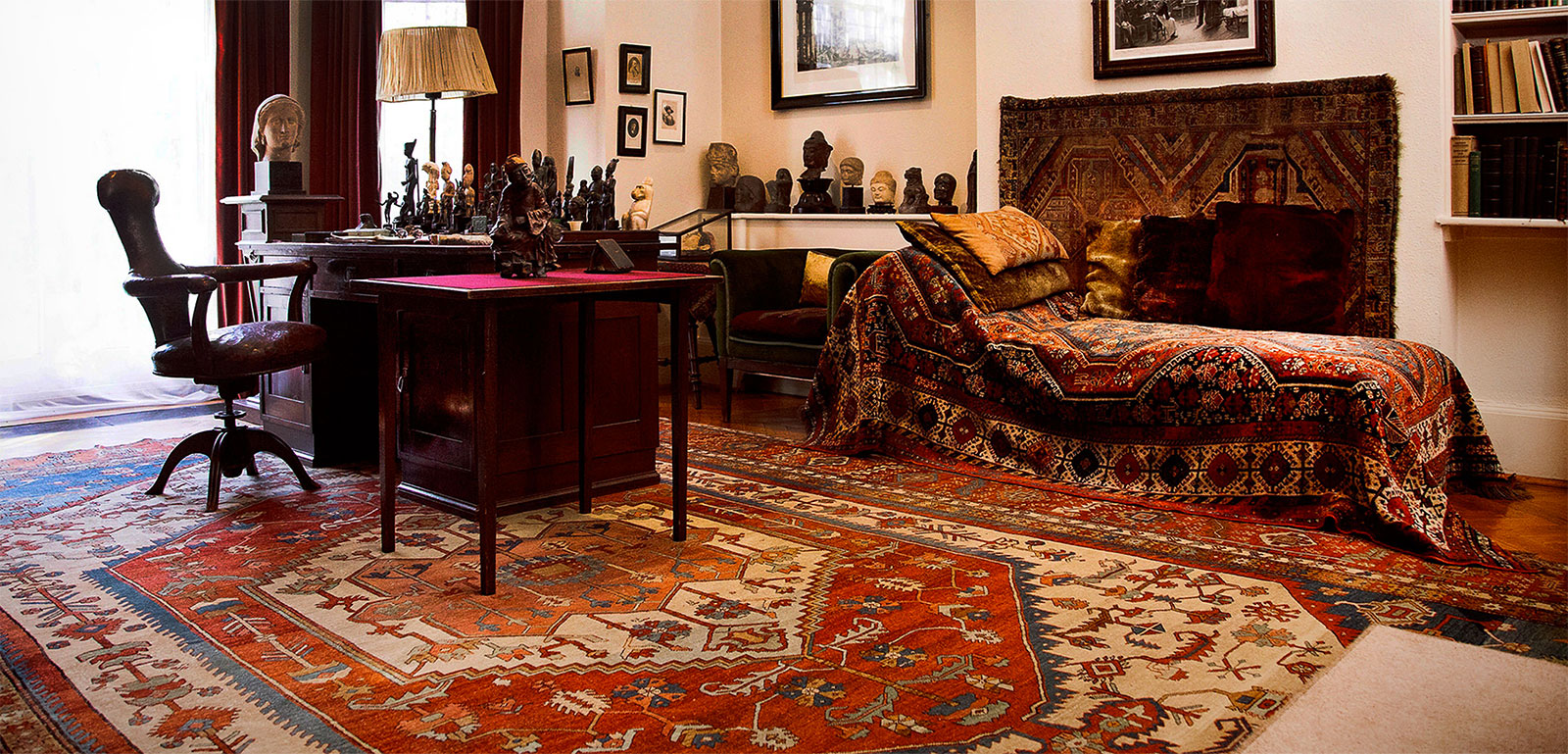
The Freud Museum is a fine example of how a house museum should function and the purpose of its presentation in my thesis as the subject of a case study is to apply some of its methods to the KHM. Furthermore there is an eclectic relation between Freud and Katakouzenos. Both were psychiatrists and spent their lives analysing the human psyche trying to shed light into the subconscious. During his studies in Paris, Katakouzenos had the opportunity to attend some of Freud patients and was also helped by their mutual friend and acclaimed psychoanalyst, Marie Bonaparte, who played a significant role in their lives.
Katakouzenos was one of the first Hellenes to study modern psychiatry and the first doctor from Hellas in this field who was regarded with high respect both at home and abroad. He taught at French universities and took part at seminars and international conventions.
Although Katakouzenos followed a method different from Freud psychoanalysis and was sceptical about some of his theories, he deeply respected him and studied his works very thoroughly. Both doctors finally spent their lives with a common goal: how to treat illnesses of the soul and consequently prevent them from harming the human body.
They both surrounded themselves with artefacts of beauty and value, which they used as tools for thought. Both houses convey the
interconnectedness of their work with their friends, visitors or patients; they communicate how.
“.the “talking cure” that gave such vital expression to people inner lives developed in conditions of reciprocal exchange with one another; those loves, friendships, alliances are webbed into the very walls and rooms of [their] home.” (The Freud Museum 1998: viii)

The majority of book and object collections in both houses are in the office areas. The office of Katakouzenos contains thousands of medical and literature books, whereas Freud library focuses on medicine, anthropology and archaeology. In the Freud Museum the heart of the house is the study and consulting room. It represents a fragment of the complex intellectual life of fin de siecle Vienna transplanted in Hampstead. His collection of objets d art mainly consists of antiquities, especially figurines to which Freud himself assigned great importance and used to talk to (fig. 14). The objects Katakouzenos preferred for his space were mainly gifts from friends and patients, some of great artistic importance, other of primarily sentimental value (like ship models, sea shells, clay figures, photographs, figs. 5 and15); although there are no antiquities in his office (they do appear in the reception areas of the house), he had an excellent view of the Acropolis from his window, and he used to look at it during long and tiresome sessions, so as to regain strength from its beauty.
Both the houses of Freud and Katakouzenos had been preserved apparently untouched for many years after the death of their owners. Leto Katakouzenos had played the same role as Anna Freud. They both did not move any of their beloved one things. They dedicated their lives to their memory and retained in their houses the same atmosphere as when they were alive. Their act.
“.of enshrinement draws attention to them as an event in history; a new geography of the mind, not only a person” (The Freud Museum 1998: vii).
Both Katakouzenos and.
“.Freud unique gifts of inquiry, learning and imagination saturate the images, books, sculptures, gems and furniture, but the museum[s] also bring vividly before one eyes the culture that nurtured thinkers like [them].” (The Freud Museum 1998: vii)
The Freud Museum is a vibrantly living organism and the same intention exists for the KHM. Both are .
“. fascinating cult site[s], place[s] of mythic memory, . monument[s], haunted house[s] that also will continue to pulse to a lively current of problems and challenges.” (The Freud Museum 1998: ix)
Freud and Katakouzenos tried to answer to the question “what a person is?” and the aim of both house museums is to investigate this question through collections, lectures and contemporary exhibitions.
The Freud Museum presents the work of both Sigmund and Anna Freud through publications, education programmes and international exhibitions. Its aim is to preserve their extraordinary working environment and also to serve as an international centre of Freud studies, providing information to both scholars and the general public. It also aims to present Freud and his world indirectly through his house and possessions. Its exhibits are also aspects of a metaphorical house, the human mind. Some of them are artefacts created by vanished cultures whose world and intentions are often hardly intelligible; others are recent books and images that speak to or for the 20th century. The aim of the KHM will be also to present the work of A.Katakouzenos, to remain a place of inspiration, to provide knowledge through lectures and educational programmes and to be developed as a cultural and research centre.
texts by Sophia Peloponnissiou-Vassilacou

